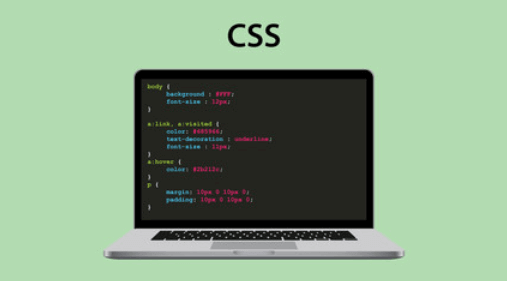Question
A -> A1 #B {A.value = A1.value * B.value}
| B {A.value = B.value}
B-> B1 & F {B.value = B1.value + C.value}
| C {B.value= C.value }
C -> num {C.value = num.value}
Compute E.value for the root of the parse tree for the expression:2 # 3 & 5 # 6 &4.
a.
200
b.
180
c.
160
d.
40
Posted under Error Handling Compiler Design
Engage with the Community - Add Your Comment
Confused About the Answer? Ask for Details Here.
Know the Explanation? Add it Here.
Q. Consider the grammar with the following translation rules and E as the start symbol. A -> A1 #B {A.value = A1.value * B.value} | B {A.value = B.value} B-> B1 & F {B.value =...
Similar Questions
Discover Related MCQs
Q. Find the TRUE statement?
I. There exist parsing algorithms for some programming languages which has O (3) complexities
II. A programming language which allows recursion can be implemented with static storage allocation.
III.No L-attributed definition can be evaluated in The framework of bottom-up parsing.
IV. Code improving transformations can be performed at both intermediate code level and source Language.
View solution
Q. Consider the following two statements:
P: Every regular grammar is LL(1)
Q:Regular is LR(1) grammar
Which of the following is TRUE?
View solution
Q. Consider the grammar defined by the following production rules
S --> T * P
T --> U | T * U
P --> Q + P | Q
Q --> Id
U --> Id
Which one of the following is TRUE?
View solution
Q. Which grammar rules violate the requirements of an operator grammar ?
1.P → Q R
2.P → Q s R
3.P → ε
4.P → Q t R r
View solution
Q. S → C C
C → c C | d
The grammar is
View solution
Q. Given the following expression grammar:
E -> E * F | F + E | F
F -> F - F | id
Which of the following is true?
View solution
Q. lanation: e.g. input is 3*4-5 rFirst ‘- ‘ is be evaluated then ‘ *’.5. Which one of the following is true at any valid state in shift-reduce parsing?
View solution
Q. Match the following:
List-I List-II
A. Lexical analysis 1. Graph colouring
B. Parsing 2. DFA minimization
C. Register allocation 3. Post-order traversal
D. Expression evaluation 4. Production tree
A B C D
View solution
Q. Consider the following grammar G.
S → F ⎪ H
F → p ⎪ c
H → d ⎪ c
Which one is true?
S1: All strings generated by G can be parsed with help of LL (1).
S2: All strings generated by G can be parsed with help of LR (1).
View solution
Q. Consider the following two sets of LR (1) items of an LR (1) grammar.
X -> c.X, c/d
X -> .cX, c/d
X -> .d, c/d
X -> c.X, $
X -> .cX, $
X -> .d, $
Which one is false?
1. Cannot be merged since look ahead’s are different.
2. Can be merged but will result in S-R conflict.
3. Can be merged but will result in R-R conflict.
4. Cannot be merged since goto on c will lead to two different sets.
View solution
Q. Lr parser are attractive because
View solution
Q. Which is the most powerful parser?
View solution
Q. How is the parsing precedence relations defined
View solution
Q. When will the relationship between ‘+’ and ‘-’ be <
View solution
Q. When will the relationship between ‘<’ and ‘>’ be <
View solution
Q. In an absolute loading scheme which loader function is accomplished by assembler
View solution
Q. Shift reduce parser are
View solution
Q. Which of these is true about LR parsing ?
View solution
Q. Which of the following is incorrect for the actions of A LR-Parser I) shift s ii) reduce A->ß iii) Accept iv) reject?
View solution
Suggested Topics
Are you eager to expand your knowledge beyond Compiler Design? We've curated a selection of related categories that you might find intriguing.
Click on the categories below to discover a wealth of MCQs and enrich your understanding of Computer Science. Happy exploring!








